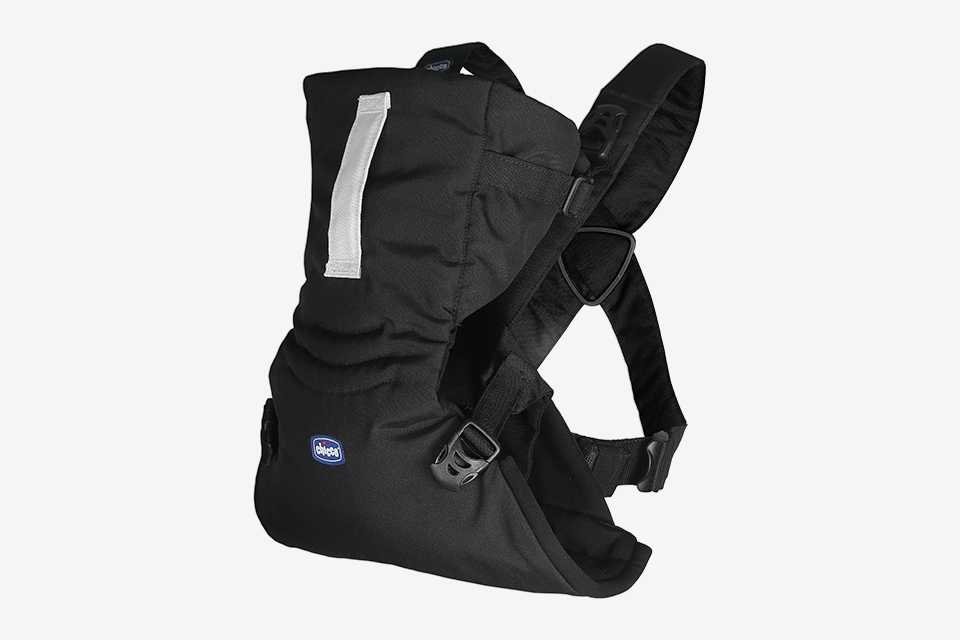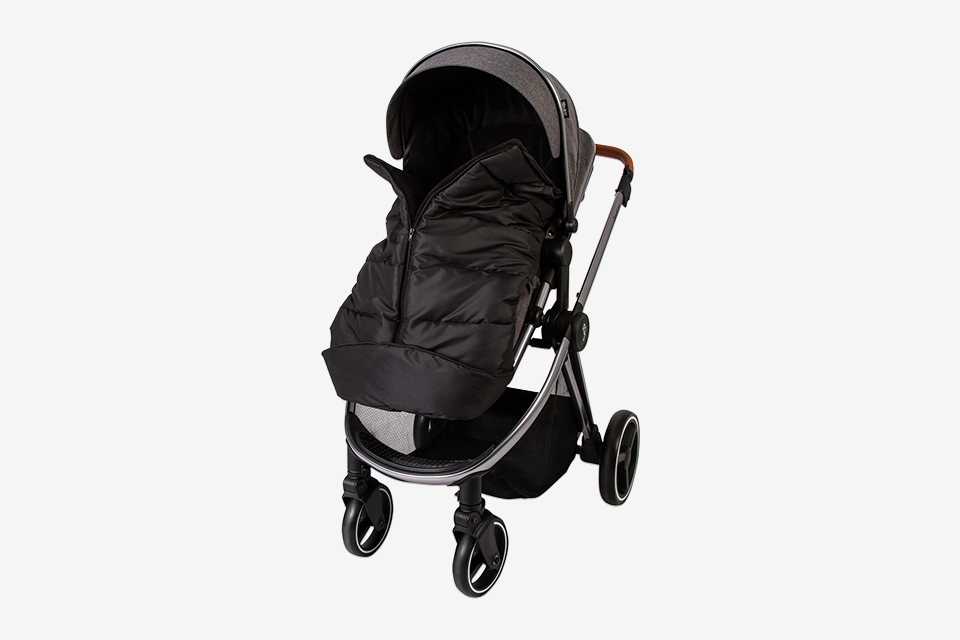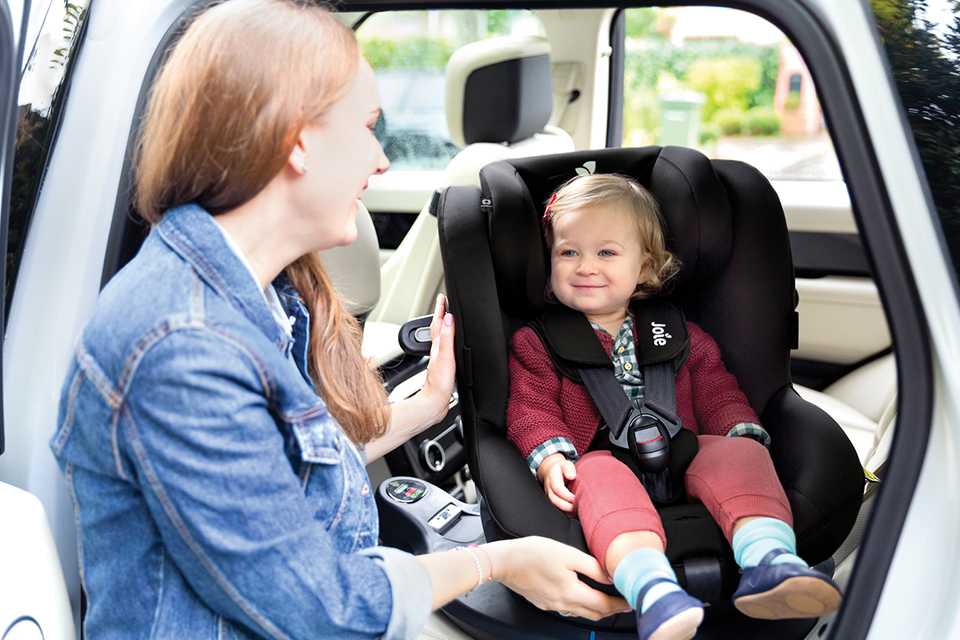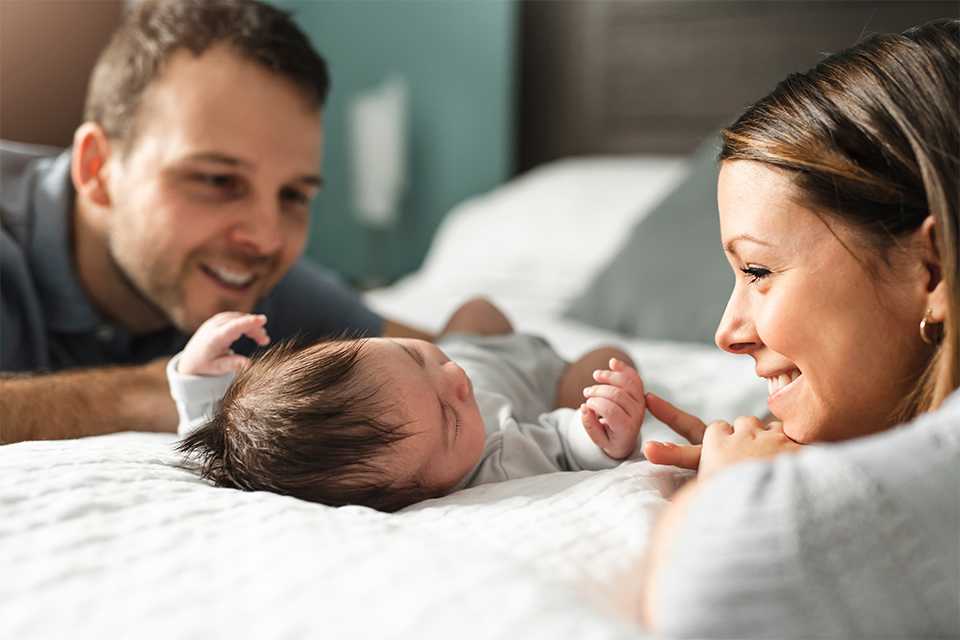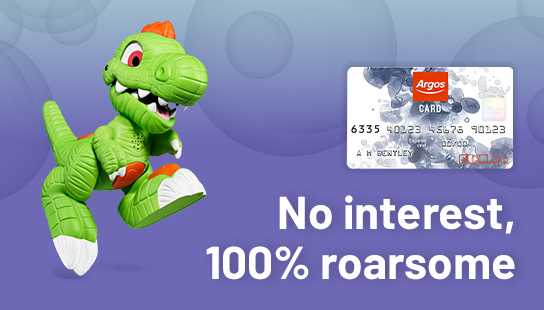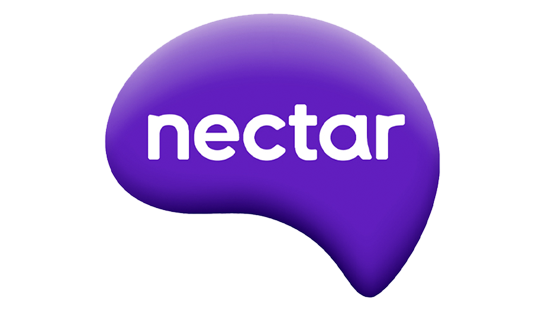Pushchair buying guide
Stroller, pram, pushchair, buggy, travel system - we've got all the info you need.
Shop all pushchairsGetting ready for a new arrival? Or need a new stroller for your growing toddler? With so many options, choosing a new pushchair can be overwhelming. From buying a pushchair during your pregnancy, to choosing the best features for a travel system, we'll help you find the perfect fit.
Which is the best pushchair to buy for…
Newborns? Toddlers? Pushchairs are grouped into two main categories: those that are suitable for babies from birth, and those that are better for babies and children over 6 months.
Newborns
Also known as first-stage pushchairs, these let your baby lie flat. Suitable from birth until 3-4 years old, they sometimes also come with a carry cot and car seat. The seat is often reversible so that it can be adapted to go from parent-facing to forward-facing as your child grows.
Babies over 6 months & toddlers
Also known as second-stage pushchairs, these are forward-facing and designed to be sturdy yet lightweight and compact. They’re ideal for little adventures when your child may want to walk some of the time. Easy to fold, some come with one-handed operation – great to pack into the car.
What are the different types of pushchairs?
Pushchairs
Sturdy and designed to last, pushchairs are great whatever their age or stage. Often compatible with a car seat or carry cot, they can include a lie-flat function for newborns, a reversible seat that can switch from parent-facing to forward-facing, and ample padding for comfort.
Strollers and buggies
Light and easy to collapse, strollers and buggies are suitable for older babies who no longer need to lie flat. Forward-facing, they often fold lengthways. Or choose a compact stroller which folds flat, great for fitting in small spaces. There are also super-lightweight options less than 7.5kg.
Prams and carrycots
Fully flat and parent-facing, a pram allows newborns and young babies to lie flat. Often bought as part of a travel system, they provide comfort and protection during the earliest stages. For many, the pram detaches to become a carrycot – great for travelling away in the early months.
Travel systems
The all-in-one choice suitable from birth. Always including a wheeled chassis, a pushchair seat and an infant carrier car seat, travel systems often also include matching carrycots, car seat bases, raincovers, footmuffs, change bags, you name it. Check each product for included items.
Double buggy
Double trouble? Only one pair of hands? No problem. We’ve got twin and tandem pushchairs that make travelling with two a breeze. Either side by side, in tandem, or one above the other. Great for little ones of different ages, perfect for twins - just check the spec to make sure it works for you.
Baby carriers
Hands free? A baby carrier is a great supplement to your baby travel kit. Suitable for newborns upwards, they keep baby close to you and offer comfort and connection. Lightweight and compact, they’re easy to pack inside luggage for trips away. They're washable too.
Popular pushchair and travel system brands
Safety tips
- Always strap your little one in using the pushchair harness.
- Apply the brake when you’re not on the move.
- Fix swivel wheels, if possible, when pushing over rough ground – this will help to stabilise the pushchair.
- If you’re using a pushchair for a newborn baby, make sure the recline is 150 degrees or more so that your baby can lie flat.
- Check the wheels and brakes regularly for any signs of damage.
- Keep little fingers away from the folding mechanism, and make sure it’s fully locked open when in use.
- Only store shopping and bags in the basket underneath the pushchair, not from the handles. This will prevent tipping.
- Know the weight limit. Overloading with bags or a child whose weight exceeds the limit can lead to instability and breakage.
Have a stroll around...
Pushchair accessories
Raincovers
A raincover is an easy way to keep your child dry and can be easily fitted over most pushchair types.
Parasols & sunshades
Both of these will give your baby shade on sunny days, protecting their very sensitive skin from UV rays.
Footmuffs, nests & liners
These will keep your baby nice and snug, staying in position just like a blanket.
Buggy boards, changing bags & more
Finishing touches? Find all your pushchair extras from buggy board attachments to changing bags and backpacks
Top pram and pushchair reviews
Frequently asked questions
More guides and advice
Car seat guide
Our guide to choosing the right car seat to get your baby around safe and sound.
Baby essentials
From feeding equipment to safety essentials, here are all the products to help you get ready for the new arrival.
Educational toys for 2-3 year olds
Find the best toys and games to support your toddler's development.
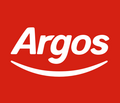
&poi={$this.metadata.pointOfInterest.x},{$this.metadata.pointOfInterest.y},{$this.metadata.pointOfInterest.w},{$this.metadata.pointOfInterest.h}&scaleFit={($this.metadata.pointOfInterest.x>0)?$sfpoi:$sfcenter}&sm=aspect&aspect=3:2&sfcenter=center&sfpoi=poi&qlt=50&fmt=auto&noiser=0&fmt.jpeg.interlaced=true&fmt.jp2.qlt=40&)







